Home Assistant 2022.10 is here and it is bringing some new stuff like iBeacons and Google Sheets support, as well as some updates of the dashboard, integrations, bluetooth and more.
Let’s discuss.
Table of Contents
Glossary for You!
Before we start, I want to give you an useful and free PDF document that can help you along the way and that you can use to decode most of the Smart Home words & abbreviations that everybody is using.
I called this PDF document a Smart Home Glossary and you can download it from my other website – https://automatelike.pro/glossary
As I said it is completely free.
Now, let’s start this article.
Home Assistant Sub-views for Dashboards
The first new thing in Home Assistant 2022.10 that caught my attention are the Sub-Views for dashboards. Sub-views are created as usual, the only difference is that the Sub-view switch have to be enabled.
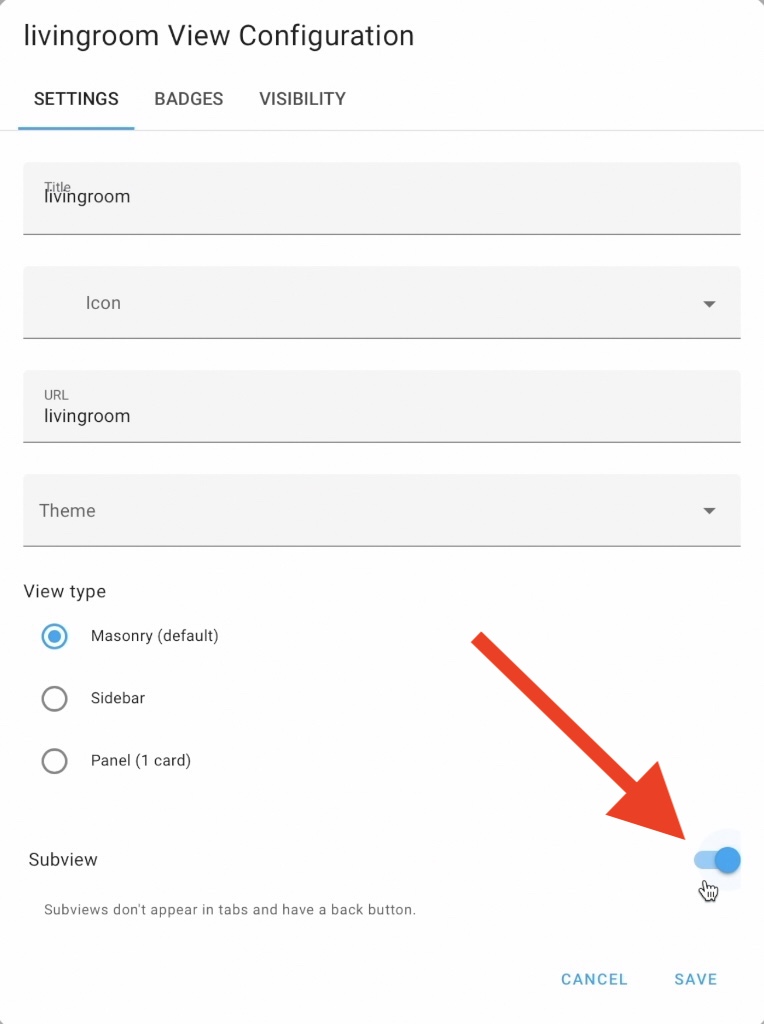
Inside the sub-view I can add as many cards as I wish and I can order them the way I like. Just like the regular view.
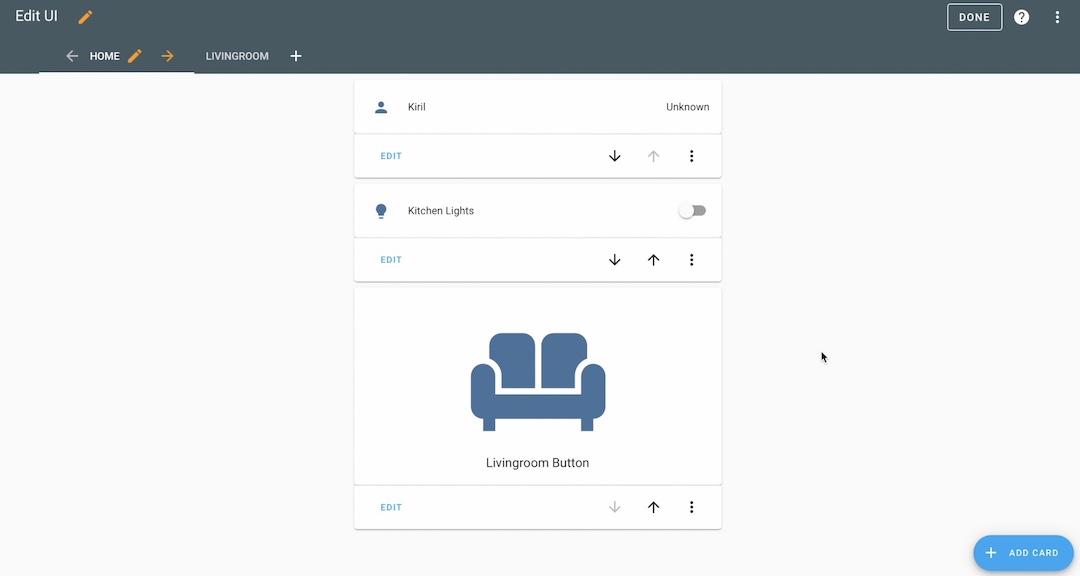
But here comes the differences. The Sub-views are not shown in the navigation bar, and they cannot be accessed the same way as the normal views. Instead, I have to link the subview to a button and to place that button on my main view.
For example: I can make a Livingroom button and I can link that button to a the Livingroom sub-view that I created. If I click now on the living room button, the living room sub-view will be opened.
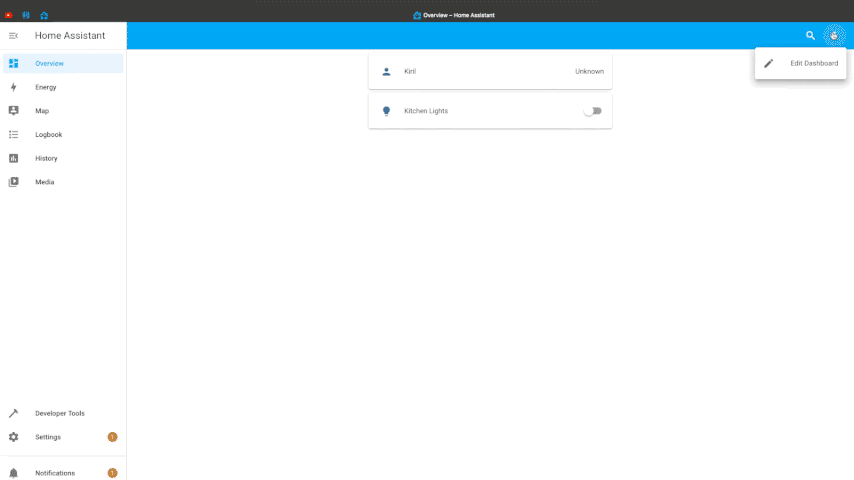
From now on, I will have a Livingroom button that will lead me to all of my living room devices. If I click on the Go Back button I will see the main dashboard view again.

Let me know in the comments are you going to use that? Simple “yes” or “no” is enough.
Home Assistant Google Sheets Integration
Next, new thing that I want to talk about is the Google Sheets integration that is added in Home Assistant 2022.10.
Quick Tip: If you don’t know Google Sheets is a free cloud alternative of the Microsoft Excel.
To use this integration I have to go through a slightly complicated procedure described in the documentation and to link my Google Account with Home Assistant by using the OAuth credentials.

After that, I I can call a new Home Assistant service that will log whatever info I want in a dedicated new Google Sheets document.
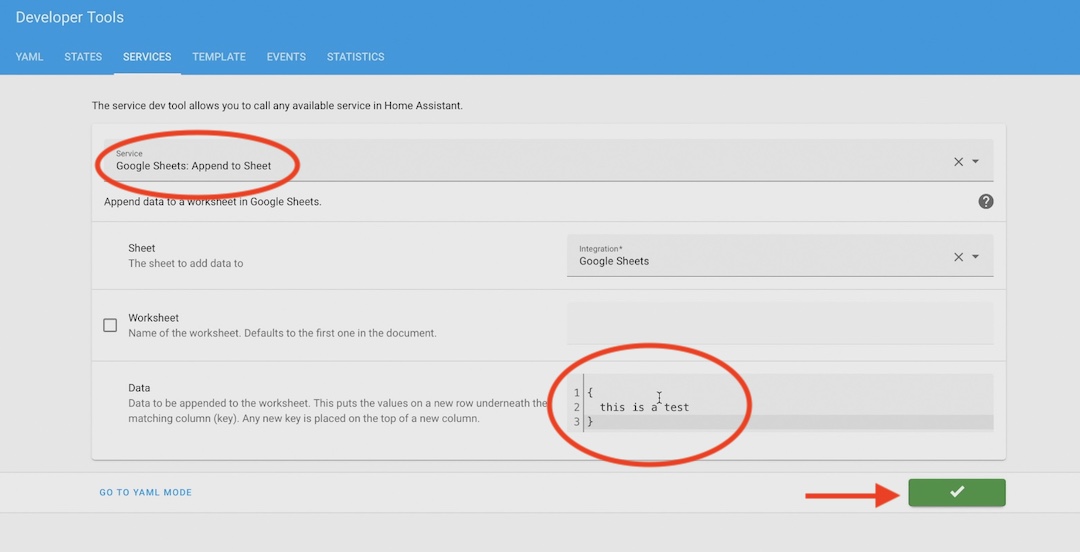
The timestamp of the event will be automatically added in the Sheets document and that way I can make my own logging system.

At the moment, it is only possible to write in that Google Sheets document and I cannot read it from Home Assistant, but I guess this could be changed in the future.
Home Assistant iBeacon Tracker Integration
Next new integration that is introduced in Home Assistant 2022.10 is the iBeacon Tracker integration. The iBeacons are battery powered Bluetooth Low Energy devices that have a working range of around 400m and they can last for over 5 years with one battery.
You can attach these iBeacons to some random stuff at your Home and then you can track them from your Home Assistant.

Here, I’m not quite sure what will be the real use case of these devices and what exactly can be really useful to track using iBeacons. To me, the usefulness of such device is close to Zero, nevertheless I bought one.

This iBeacon cost me around $20 US dollars, it is compatible with Home Assistant, the battery should last around 6 years and it is waterproofed, but I have no Idea what I’m going to do with it. Hope to figure out something until I’m waiting it to arrive.
Meanwhile, If you have some ideas for a good application share them in the comments.
Home Assistant Active Connections for Bluetooth Proxy
Next big thing that is coming with Home Assistant 2022.10 is: Active connections for Bluetooth remote proxies.
It is already possible to use an ESP32 device as a Bluetooth Proxy and I’m showing everything about that in this article of mine – How to turn an ESP32 board into a Bluetooth proxy for Home Assistant | ESPHome Bluetooth Proxies.

Until now, the drawback of the above method was that only reading data from the connected Bluetooth devices was possible and it was not possible to command them. Now, this should be fixed and both reading and executing actions against Bluetooth devices is possible. Of corse, if the Bluetooth devices support that.
In general, that completes the circle and allows using the ESP32 Bluetooth Proxy method instead of buying Bluetooth Dongles.
Manual Automations in Visual Editor
Next, when you update to Home Assistant 2022.10 you will able to see in Visual Editor the manually added automations. These are the automations added as YAML code in the config folder of Home Assistant, and more specifically in the automations.yaml file.
It will be not possible to directly edit these manually added automations from the Visual Editor, but you can view them and if you decide you can migrate them with a click of button.
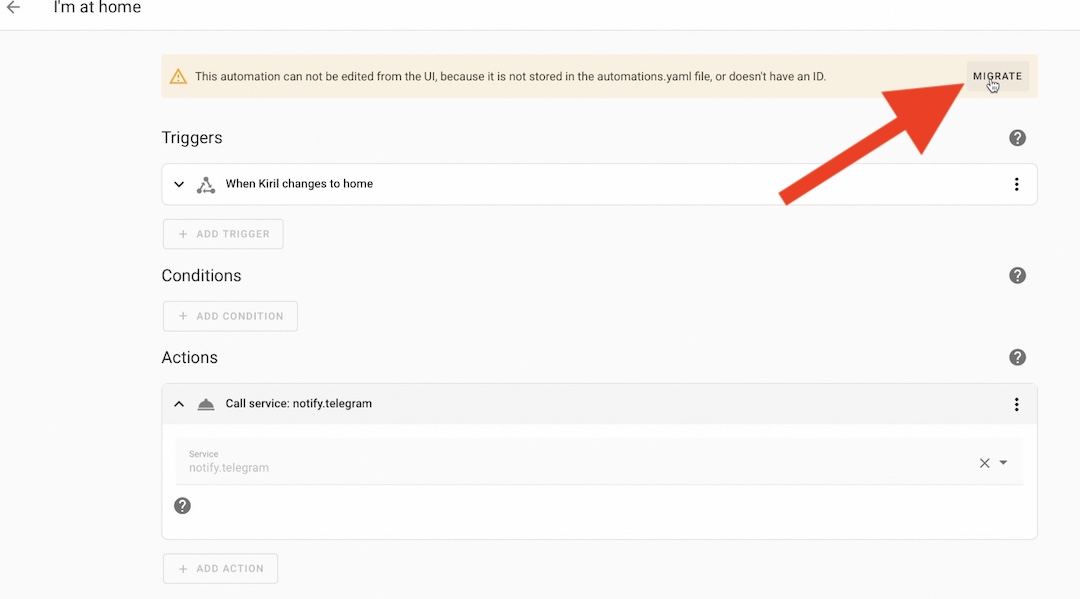
After the migration you will be able to edit the automation from the visual editor as usual and you can save the changes as new automation if you wish.
This is a very nice new addition for everyone, including me that is having some old, and working good YAML based automations, but it is too lazy like me to recreate them using the Visual Automation editor.
Enhanced Supported Brands
Going ahead, because the Supported Brands is now updated in Home Assistant 2022.10. The supported brands is a functionality introduced not so long ago and it is basically a virtual link between connected brands. For example, when you try to add a device from a brand A, you can be automatically offered to use brand B Integration. That is because, the brand A & B are virtually connected and their products are compatible with each other.
Now, in 2022.10 this functionality is further enhanced, so that the Home Assistant can offer you multiple choices of integration.
For example: if you are trying to add a device in Home Assistant that is Zigbee Compatible, can work with HomeKit and that have a Cloud based API integration all 3 methods will can be offered to you, so you can choose what methods suits you best.
Free HA Webinar!
I’m talking about Home Assistant all of the time, that is because it is a great Smart Home hub, and it is actually the best one available at the moment.
However, there are 4 official methods to get Home Assistant and I cover them all in my Home Assistant Webinar. On top, I’m talking there about one secret way to start Home Assistant on your PC in under 5 minutes.
If you are interested in this Webinar go register right now on my other website https://automatelike.pro/webinar.
It is absolutely free.
Thanks for reading I’m Kiril and I’m done. Bye!
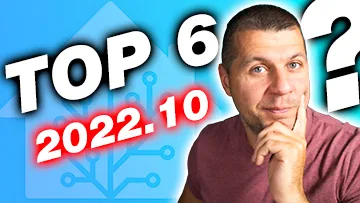
iBeacons could easily track whether vehicles are at home or not and wouldn’t care if they are in the driveway, in the garage or parked on the street. Plus they could be a good secondary home/not-home sensor for those who carry a purse 🙂 and keep forgetting (or don’t have) a phone.
My use case for iBeacons would be to attach one to my keys. I could then let Home Assistant figure out where in the house I left them. It would save me some moments of stressful irritation when leaving the house already too late for something!
Yes, good use case. Just be careful not to lose your keys outside your house 😉